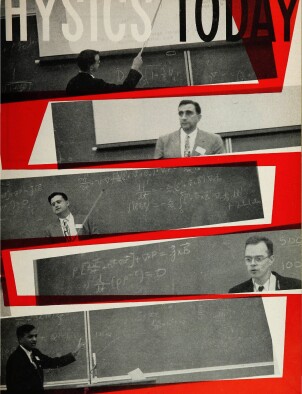Unsolved problems in acoustics
DOI: 10.1063/1.3062502
The progress of science may be said to depend largely on our asking the most appropriate questions and hoping that the same kind of imagination that led to the questions will provide clues to the answers. There was a time, not so long ago, when it was felt that all possible appropriate fundamental questions about sound had been raised and that the answers indeed were all found in Lord Rayleigh’s famous Theory of Sound. It was believed to be sure that there were hosts of engineering applications of acoustics to be explored, but that these would not turn up anything fundamentally new. This view is no longer held by those who have followed trends in acoustics during the past quarter century. Both as an active branch of physics and as a subject fundamental to modern engineering, acoustics poses many unsolved problems of fundamental character. Some of these indeed have been suggested by the very advances in instrumentation made possible through acoustical engineering. For it is only through such instrumentation that we can now work with sounds of the very high intensity and high frequency which produce curious and unexplained effects in matter under extreme conditions of temperature and pressure. At the same time it is also through experimental facilities of this kind that we can begin to study more effectively the influence of sound on human beings and other organisms, and this too immediately raises hosts of questions. Through the fertile interplay of theory and application, acoustics is in a particularly strategic position to suggest problems whose solution will cast new light on both the properties of matter and the interaction of sound and man.
This article is only available in PDF format
More about the Authors
R. B. Lindsay. Ultrasonic Laboratory, Brown University.




